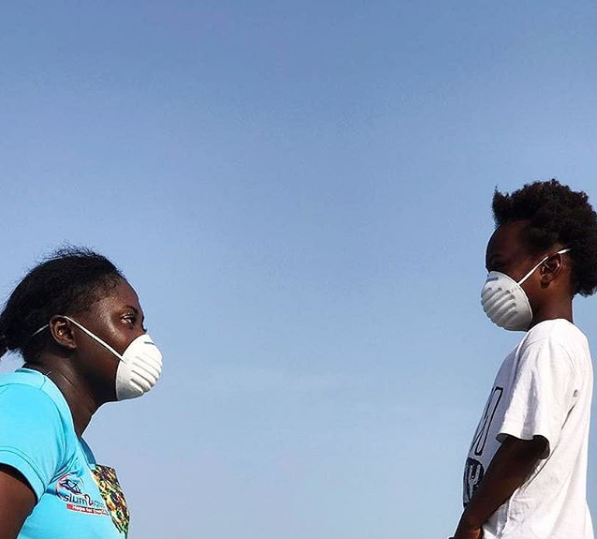The shutdown of routine social and economic activities due to the COVID-19 pandemic is something most or better still no one in Nigeria had experienced. Nigeria, like many other countries, announced a lockdown in Lagos, Abuja, and Ogun states at the start of the pandemic to contain the spread. This public health response, known as the ‘cordon sanitaire’ employed in Wuhan, China where the outbreak was first reported simply means, no one enters or leaves the area. In the Nigerian epicentres of Lagos and Abuja, economic activities have been on a standstill for 33 days, albeit with adverse economic consequences. Lockdown measures disproportionately affect the general population, first, it has widened inequalities in the society, a situation where an elite few can work from home while a whopping 70% depends on daily income to feed. It is impossible to explain to the common man, the need for the lockdown or the urgency to limit transmission when he is faced by hunger and his source of livelihood has been taken away temporarily. Recently, the World Health Organisation released an update, building on the Strategic Preparedness and Response Plan (SPRP) to guide both national and international responses to the ongoing Covid-19 pandemic and transitioning out of lockdown to normalcy. The document highlighted some key areas to consider while transitioning. It emphasized the need for countries to contextualize the recommended public health measures considering local capacity and resources. Reviewing this document, a transition out of the lockdown needs to be phased, after assessing the epidemiological risks and socioeconomic benefits on various societal domains. There should be a multi-sectoral approach in the sequencing and prioritization of activities that will be re-opened. However, Nigeria will need to meet the proposed recommended activities below before embarking on transitioning.
Strengthened Health Capacity in all Tiers of Health Facilities in the Country
Primary, secondary, and tertiary health facility staff in all states in the country should have strengthened surveillance capacity. This entails rapidly detecting and isolating suspect cases. It should be enforced from health posts and primary health centres (PHCs) to tertiary facilities. While it may be unrealistic to expect PHCs to test, appropriate guidance on detecting and isolation should be given. Infection Prevention and Control (IPC) measures should be in place in all health institutions, public and private. Personal Protective Equipment (PPE) should be available to all categories of health facilities. It is important health providers in the traditional sector are engaged and made aware of IPC measures and how to escalate suspected cases. Strengthening PHCs and traditional healers are critical because they are the first port of call for the majority of health seekers.
Intensified Community Engagement and Risk Communication
Risk communication without adequate community engagement essentially takes a top-down approach. Public health responses by the government without community members showing ownership might undermine efforts to limit transmission. The Ebola outbreak, in parts of West Africa, affirmed the value of effective community engagement. Whilst risk communication is in place, a smooth transition from the lockdown to normalcy with little or no widespread transmission will depend on how communities are supported to consider themselves as partners in the response. Engaging religious leaders is vital in meeting this recommendation.
Nigerians need to understand that behavioural preventive measures must be maintained, even after the lockdown, and that all individuals have key roles in limiting transmission. Recently, I came across a cartoon public health communication, depicting how the virus spreads from person to person, I honestly felt it was the most impactful educational material I had seen.

